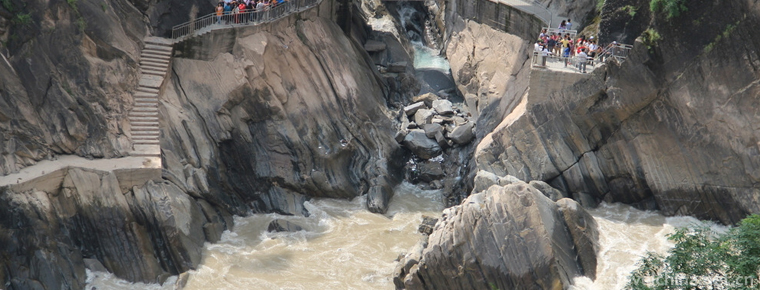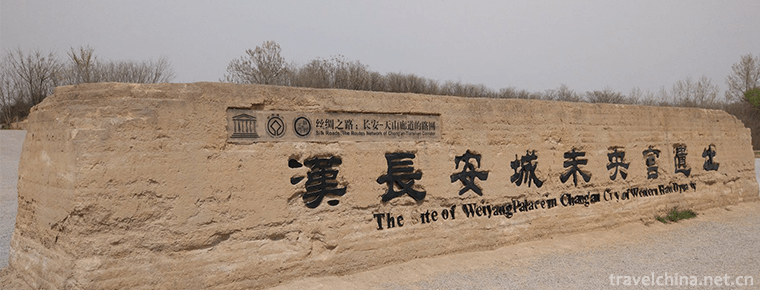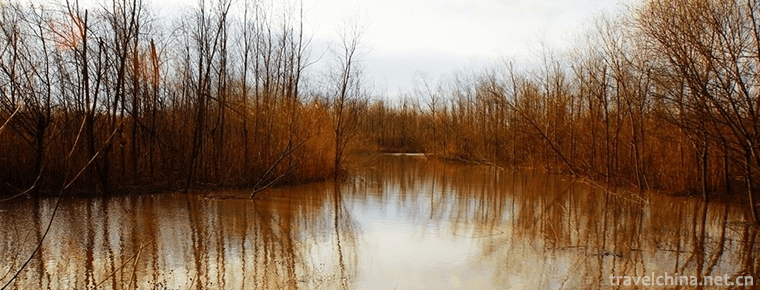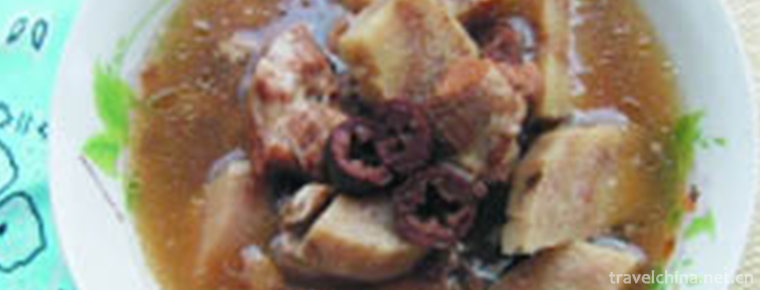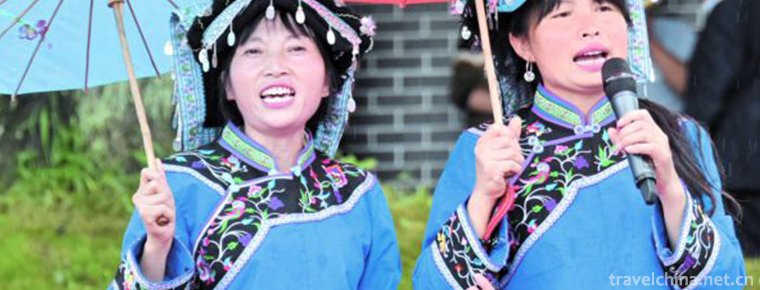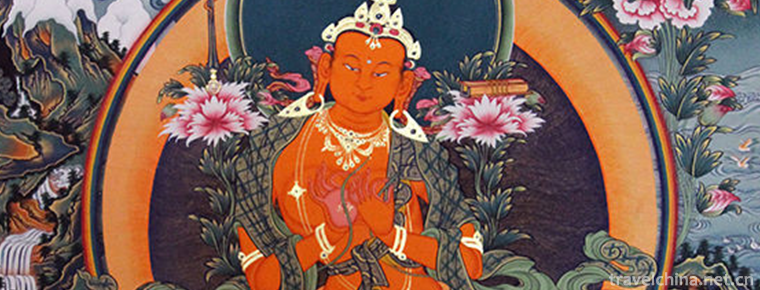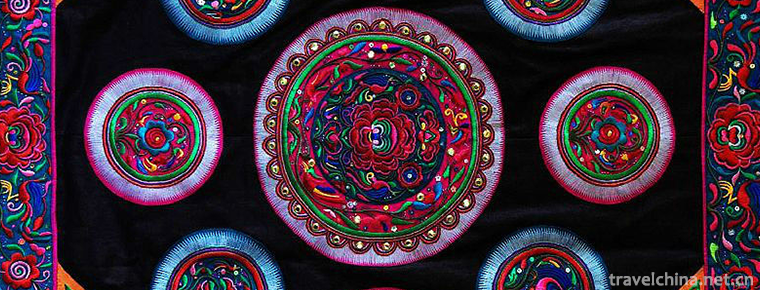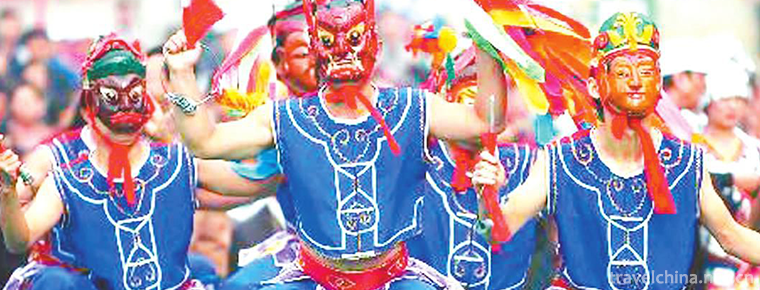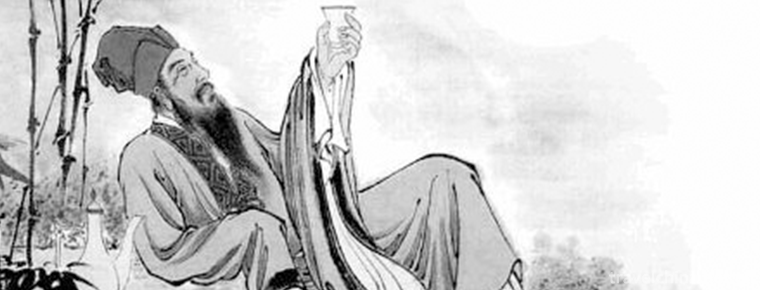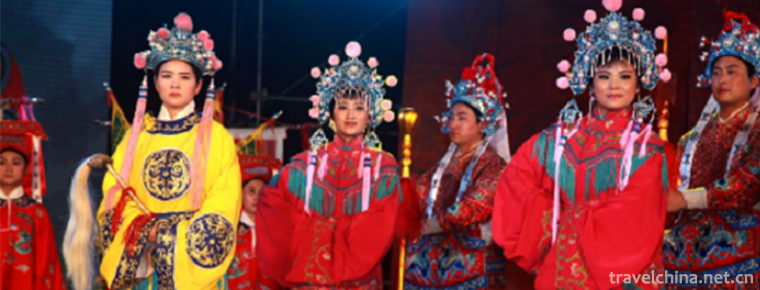Laiwu Campaign Memorial
Laiwu Campaign Memorial
Laiwu Campaign Memorial Hall is situated on the Huangshan Mountain in Laiwu District, Jinan City. It covers an area of 45,000 square meters and has a building area of more than 8,000 square meters. It is inscribed by Chi Haotian. The Laiwu Campaign Memorial Hall is composed of three main buildings, the Revolutionary Martyrs Memorial Tower, the Exhibition Hall and the Panoramic Gallery. The Revolutionary Martyrs Memorial Tower is 19 meters high and made of granite, which is one of the 100 key monuments in China.
Introduction to Scenic Spots
The exhibition hall has five exhibition halls with exhibition boards covering more than 700 square meters. The name of the exhibition hall is inscribed by Suyu. The panorama is 17 metres high, 120 metres long and 1100 square metres shaped on the ground. It simulates sound and natural light. It has an electric rotating stand, which integrates sound, light, electricity and shape. It adopts vacuum illusion, strict visual perspective and local exaggeration. It creates visual reality and creates infinite reverie in limited space.
Laiwu Campaign Memorial Hall has reasonable layout, magnificent architecture, beautiful environment, vivid and detailed information and advanced exhibition means. It is an ideal position for political and ideological education and tourism.
The Laiwu Campaign is a glorious example of mobile warfare in the history of the Chinese People's Liberation Army and one of the 100 classic warfare cases in the world military history. The films "South Expedition, North War" and "Red Sun" were all shot in the original form of the Laiwu Campaign. Laiwu Campaign Memorial Hall was rebuilt in 1997 on the basis of the former Mausoleum of Laiwu Revolutionary Martyrs. In 2007, in order to commemorate the 60th anniversary of the victory of the Laiwu Campaign, the Laiwu Municipal Committee and the Municipal Government decided to invest more than 40 million yuan to upgrade the Laiwu Campaign Memorial Hall in an all-round way. The museum is inscribed by General Chi Haotian, former Vice Chairman of the Central Military Commission, State Councilor and Minister of Defense.
Structural layout
Essential information
Laiwu Battle Exhibition Hall is located on the left side of the memorial tower. It is a two-storey arc-shaped building with an area of 3000 square meters. It has a sequence hall and four exhibition rooms. Four exhibition rooms are equipped with a sandbox 6 meters long and 4 meters wide, four physical exhibition stands and 66 exhibition cabinets. The exhibition boards cover an area of 704 square meters. There are 536 photos, charts, 168 books and materials, 279 cultural relics and 77 inscriptions and paintings by state leaders. At the same time, a film and television hall was set up to broadcast films related to the Laiwu Campaign, which greatly improved the educational effect of the memorial hall. Laiwu Campaign Memorial Hall consists of four departments with 26 staff, including 10 commentators. Every year, 100,000 people go to the memorial hall to hold such activities. Among them, there are more than 35,000 teenagers.
Exhibition Hall 1
The military deployment and pre-war forms of the two sides before the battle of Laiwu in 1946 were shown to the public through pictures, texts and materials, which reproduced the military operation process of the Communist Army abandoning Linyi and encircling and annihilating Li Xianzhou Group at that time.
Exhibition Hall II
The second stage of the Laiwu Campaign, the "encirclement and annihilation of the northern part of the city", was shown to the public with a large number of real pictures and articles. It reproduced the repressive battles carried out by the Communist Army to cooperate with the main battlefield, such as the "blocking battles on the southern line of Linyi", "the restraining battles of Liu and Deng armies", and the battles carried out along the Jiaoji Railway in order to expand the battle results, and analyzed in detail The important influence of the bureau.
Third exhibition hall
A large number of clear pictures and complete physical objects were used to introduce to the public the pre-support movement launched by the masses of the Liberated Areas before and after the Laiwu Campaign for the victory of the Campaign, which reproduced the relatives of the soldiers and civilians during the war and reflected the glorious tradition of the people in the old revolutionary areas before they supported the army.
Fourth exhibition hall
The Hall of Heroes focuses on the pictures of heroes who fought in the battle of Laiwu for the victory of the battle and for the cause of people's liberation, and who cooperated actively, forgetting to die and supporting the front with all their strength.
Commemorative significance
The battle of Laiwu was a famous battle held in Laiwu in 1947 under the command of Marshal Chen Yi, General Suyu and Tan Zhenlin. This battle created a glorious example of wiping out 60,000 people from seven divisions in a mobile battle and won a major victory. West of the memorial tower is the ashes hall for martyrs. Green pines and cypresses are planted around them. It is an ideal place for patriotism education, revolutionary traditional education, spiritual civilization education and tourism.
The bronze statue of Chen Yi was built in May 1999. It is 3,5 meters high and weighs 3 tons. It was made by Mr. Zuo Yaoguo, a famous Chinese sculptor, with a donation of 190,000 yuan from Mr. Xu Fugen, a private entrepreneur in Shanghai. "Marshal Chen Yi" is inscribed by Chi Haotian, Vice Chairman of the National Military Commission.
The Memorial Tower of Revolutionary Martyrs is located on the top of Huangshan Mountain. It is 19.8 meters high and 8.15 meters long at the bottom of the square tower. It is made of granite from Mount Tai. It symbolizes that the revolutionary martyrs who died in Laiwu Campaign are as high as Mount Tai. The seven gold characters of the "Revolutionary Martyrs Memorial Pagoda" on the sunny side of the pagoda are Mao Zedong's handwriting, while the inscriptions on the shade of the pagoda are inscriptions in Li scripts. The whole Memorial pagoda is concise and elegant with prominent theme.
Standing on the revolving stand can make you feel as if you are in the revolutionary artillery fire, smoke billowing fire, giving people a sense of immersion and excitement, with a strong artistic appeal and high artistic appreciation value.
There are only a dozen panoramic galleries of this size in the world and four in China. Since 2017, it has been continuously appraised as "National Patriotic Education Demonstration Base", "National Youth Education Base", "National Key Revolutionary Martyrs Memorial Building Protection Unit" and "AAAA" level tourist attractions.
Ticket information
Tickets: Free with valid certificates
Opening hours: 8:00 - 18:00
Traffic survey
Take No. 9 bus terminal to Laiwu Campaign Memorial Station, or take No. 10 and No. 8 bus to get off to 200 meters north of Laiwu Campaign Memorial Station.
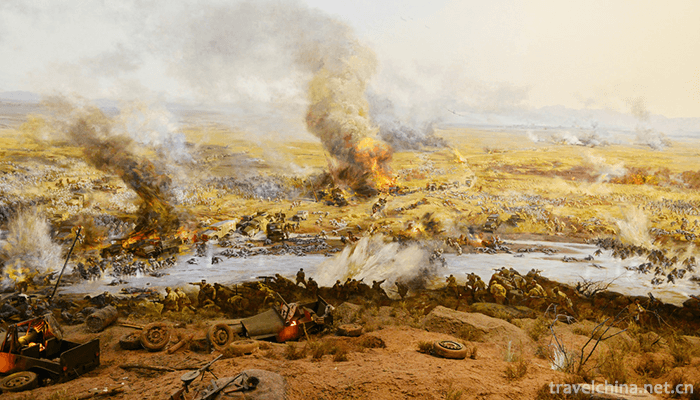
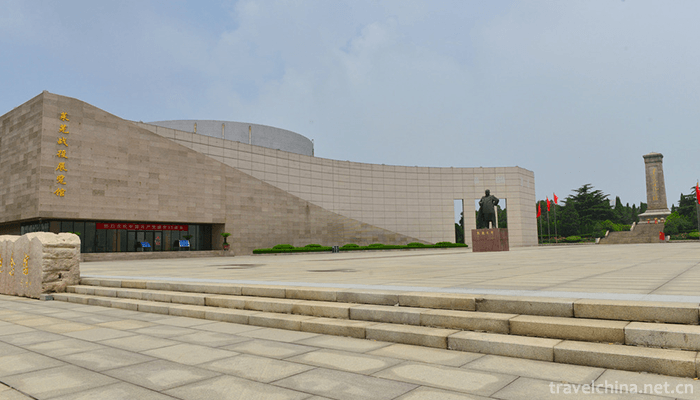
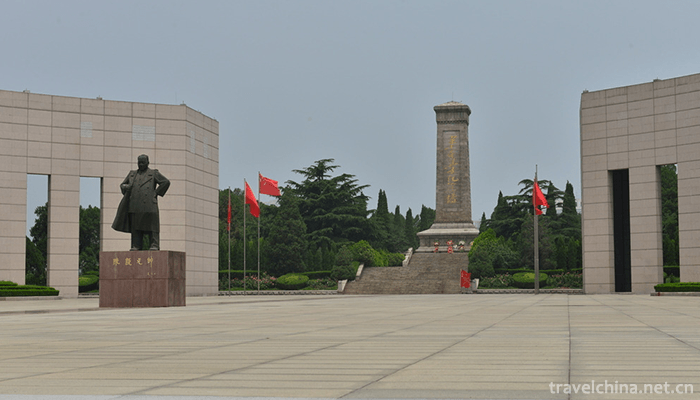
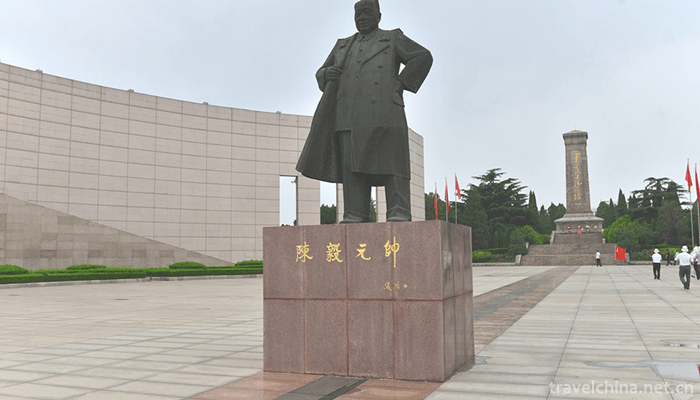
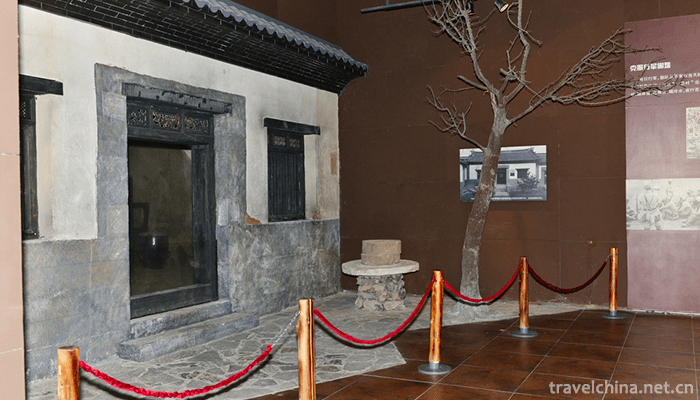

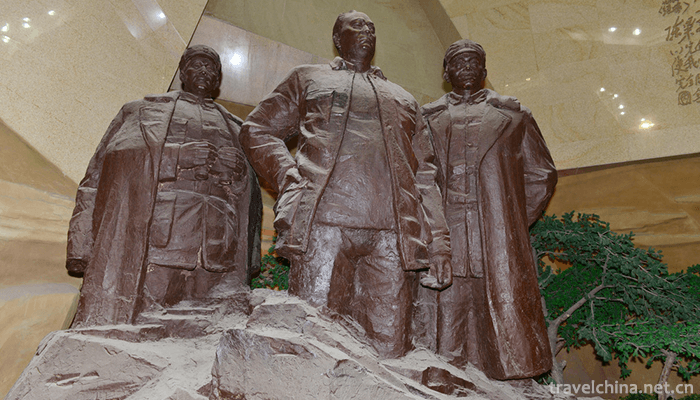
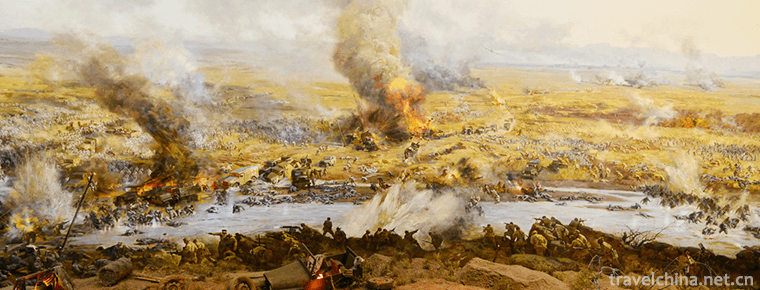
Laiwu Campaign Memorial
-
Tiger Leaping Gorge
Tiger Leaping Gorge, known as "danger", is one of the deepest canyons in China
Views: 265 Time 2018-10-17 -
Weiyang Palace Site in Changan City Han Dynasty
The site of Weiyang Palace in Chang'an City of Han Dynasty, located in the southwestern part of the site of Weiyang District, Xi'an City, Shaanxi Province, was built in the seventh year of Han Gaozu (
Views: 153 Time 2019-01-13 -
Xisha Wetland of Pearl Lake
Located in Luhua Town, west of Chongming Island, Shanghai Mingzhu Lake is the largest natural inland lake on the island. It is also the main area of western water recreation
Views: 188 Time 2019-02-07 -
Eight claw Fish Powder Pueraria Decoction
500 grams of Pueraria Thunb, 50 grams of octopus, 400 grams of pork legs, four candied dates, and 1/6 peel.
Views: 157 Time 2019-03-27 -
Buyi Chabai Song Festival
The Buyi Chabaige Festival is a commemorative festival of the Buyi people in Xingyi, southwest Guizhou Province. It is held in Chabaichang, Dingxiao Town, Xingyi City
Views: 181 Time 2019-04-04 -
Tibetan astronomical calendar
Tibetan astronomical calendar is the study of Tibetan people living on the Qinghai-Tibet Plateau for generations. Under the special natural geographical and climatic conditions of the plateau
Views: 154 Time 2019-04-15 -
Dong embroidery
Dong embroidery is an important branch of Chinese minority embroidery, which uses a needle to puncture and attaches various colored silk or cotton threads to the surface of the fabric to form various
Views: 146 Time 2019-04-27 -
Nuo opera
Nuo Opera originated from Fang Xiangshi's exorcism activities in Shang and Zhou Dynasties. After Han Dynasty, it gradually developed into a ritual ceremony with strong entertaining color and opera mus
Views: 270 Time 2019-06-08 -
Legend of Su Dongpo
The legend of Su Dongpo is a group of traditional folklore stories evolved from the story of Su Shi, a great writer in the Northern Song Dynasty.
Views: 178 Time 2019-06-16 -
Wan Bang
Wan Bang is a rare local opera. It grows and distributes in Nanyang in southwestern Henan and its surrounding areas. In the early days, people called it Hao Bang, Lao Bang Zi, Nanyang Bang Zi, etc. Be
Views: 169 Time 2019-06-25 -
Dazhou landform
The terrain of Dazhou city is high in the Northeast (Daba Mountain Area) and low in the Southwest (Basin hilly area). The highest point is datuanbao, Jichang Township, Xuanhan County, with an altitude of 2458.3 meters; the lowest is Tianguan village, Wan
Views: 126 Time 2020-12-20 -
Dazhou social security
In 2019, the per capita disposable income of Dazhou residents is 22995 yuan, an increase of 10.1%. The per capita disposable income of urban residents was 33823 yuan, an increase of 9.5%. Among them, salary income was 18783 yuan, an increa
Views: 135 Time 2020-12-20
